A favorite game of our customers, "Mexican Train" is a popular and fun game for 2-10 players using dominoes. These are the complete rules of play, free printable scoresheet, plus a little history about the game:
Table of Contents
History of the Game 'Mexican Train'
Similar to the game Chicken Foot, Mexican Train is a fairly recent variation of Dominoes that has become extremely popular, particularly in the US. Because of its simplicity and interaction, it can be played by nearly anyone, anywhere. It can last from a single, 20-minute game to a 12 round game lasting hours, and played by a wide range of 2 to 10+ players or teams.
Mexican Train can be played with a standard set of dominoes, but branded versions usually include a range of mostly just-for-fun parts and accessories to facilitate play and highlight the theme, such as a train station or "hub", train-shaped token pieces to mark players' trains and the "Mexican train", and a "woo woo!" train whistle.
Why Is It Called "Mexican Train"?
In short, nobody really knows. In the game, the "Mexican" train is the one free, public train that anybody can use at any time.
There are many theories. Someone theorized that the game's relation to the Cuban game called Longana might have caused people to confuse one country with another. A popular theory is that it was invented by Mexican railroad workers. We asked some friends in Mexico but they had never heard of it!
How to Play 'Mexican Train' Dominoes - Rules of Play
Game Set-up
- Gather your dominoes, players, one train token per player, and a pen and paper. Designate a scorekeeper.
- Shuffle the dominoes by flipping them all upside down so no pips (dots) are showing and moving them around in circles until you're satisfied they're random (a.k.a, the "Monaco Shuffle")
- Use our "Quick Start Guide" below to determine what size of domino set you need for the number of players, and how many tiles each player should draw. "D-9" refers to Double 9 Dominoes and "D-12" refers to Double 12 Dominoes.
- After each player has drawn their dominoes, the remainder are left in a pile to the side within reach, which is called The Boneyard.

Object of the Game
The object of the game is to have the fewest points, after playing all Hands (rounds).
The object of each Hand is to be the first player to place all of their dominoes, thus earning that player zero points. A Hand is played for each number in the domino set (for example, there are 13 hands with Double 12 dominoes (0-12) and 10 Hands with Double 9 Dominoes (0-9).
Starting Play: First Turn
The Engine and Hub, Station
- Play begins with the player who drew the highest double domino in the set (eg, 12/12 for Double 12, or 9/9 for Double 9) placing it in the center of the table. The starting double is called The Engine and may optionally be placed on a hub called The Station to differentiate it from the other dominoes.
- If no player has the The Engine, players take turn drawing from the Boneyard until it is found.
- Variations:
- Some players prefer to place the required double face up on the table before shuffling. In this case, players take turns to start.
- If playing a quick game rather than the full set of rounds, then the player who was dealt with the highest double can begin, whatever that double may be.
The Trains
In the first turn only, players build their own Trainwith as many tiles as they like, starting with the player who placed The Engine.
The Train is a single line of dominoes starting from The Engine in the center of the table and extending towards the player. The ends of adjacent dominoes must match in number, including the domino adjacent to The Engine. In this first turn only, the player may play as many dominoes as they'd like, so long as they form a valid Train. A single Train might look like this:

- A Train can be as long as the players can make it; it only ends when all dominoes that could match its endpoint have already been played. As a result, trains can become quite long, especially with an extended domino set. It is acceptable to "bend" the train 90° or 180° to keep the train on the playing surface, as long as it does not interfere with the endpoints of other Trains.
- Trains are never "split," even by doubles. They cannot have multiple ends.
- If any player is unable to start their Train - having no domino that matches The Engine - they must simply place their Train Token (explained below) in the position where their Train would have started. They do not draw from the Boneyard.
- A player may end his first turn on the Train with a double, placed perpendicularly, which must then be "satisfied" -- see more below about Doubles.
- Occasionally a player is able to play all of their tiles on the first turn. In this case the game does not end immediately, but continues until all players have played their first turn. After that the scores are counted (see below).
To Play: Subsequent Turns
- After the first turn, in which everyone started their Train if possible, the rules of play change. Now, each player places just one domino per turn (excepting Doubles, see more below), by matching adjacent ends.
- Players must place a domino on his/her turn if able. (Players are not allowed to draw from the boneyard when they have a matching domino).
- On a player's turn, they may place one domino (or double...) in one of three places:
- on the player's own "private" / "closed" Train, or
- on another player's "open" Train, if available. Another player's Train is available if it is marked with the Train Token, to show that its owner was unable to play on it at their last move, or
- on the "public" / "open" train, known as the Mexican Train, which is always available to all players, as explained below.
- If a player does not have a matching domino for any available Train, then the player must draw a domino from the Boneyard.
- If the Boneyard is empty, the player must simply pass and place a token on his/her Train, as explained below.
- If the drawn domino is playable, the player must play it.
"Open" vs "Closed" - Marking Trains with Tokens
- If a player's drawn domino is not playable and the player is unable to play anywhere on the board, the player must pass and place a train token on her/his Train, which indicates that his/her Train is now "open" and any player may add a domino to it. Open / closed Trains are also sometimes referred to as "public" / "private."
- Train tokens are commonly nickels or pennies, or some Mexican Train sets will provide specialty train tokens or train cards. (Our Double 12 Travel Domino set includes 10 train cards to be used as tokens.)
- A player whose Train has a token on it can play as usual on any available Train, including the Mexican Train, as usual.
- A player can "close" their Train and remove the token only when they place a domino on their own Train once again. Once the token is removed, other players can no longer add to that Train.
- If the owner of an open train adds a domino to another player's open Train, all tokens remain in place, there is no change.
- If a player was unable to start their Train in the first turn, but in a later turn draws a domino that matches, the player may start their Train with the subsequent turns rule of one domino (or double) per turn, and remove the token from their Train). Being unable to start the Train on the first turn loses the player the opportunity to play a series of connecting dominoes all at once.
The Mexican Train
- The Mexican Train is an additional Train that is "open" / "public" for the entire length of the Hand, and anybody can play on it.
- The Mexican Train is started by any player from the second turn onwards, beginning with a single domino which matches the The Engine. A marker is placed on it, to distinguish it from the other trains and show that it is open to all players. The whole layout, with four players' closed Trains and a Mexican Train, might look something like this:

Doubles
Playing Doubles
- Double dominoes (0/0, 1/1, 2/2, etc) are placed perpendicularly on the Train, according to the players' preferences, but they are not "branching" doubles -- that is, they do not create a junction and a player cannot start a new line of dominoes off of a double. (Branching is a distinguishing rule in Chicken Foot but not Mexican Train.)
- From the second turn onwards, whenever a player places a double, they must also play a second domino, which may go anywhere on the layout available for play - not necessarily on the double the player just placed.
- If the second domino placed is a second double, the player must place a third domino, and so on.
- If the player cannot place a second domino, as usual when players cannot place any domino, they must draw from the Boneyard (if available). If the drawn tile is not playable the player must pass and put a token on their Train.
- The doubles turn ends after placing one domino that is not a double or (being unable to do so) opening their Train with a token.
Satisfying Doubles
- If the double has been left at the end of a Train without an additional domino adjacent to it, then it has not been "satisfied".
- This situation arises in several cases:
- the player of a double was unable to place a further domino, or
- the player of a double placed the second domino on a different Train, or
- a player placed more than one double -- and having only one free turn cannot satisfy more than one of them.
- If the double has not been "satisfied," then after the end of that player's turn the next domino added to the layout must be played on a double. This is called "satisfying" the double.
- The duty of satisfying the double falls first on the next player. If they can satisfy the double they must do so - even though it may be in a private train where they could not normally have played.
- If the second player cannot satisfy the double from their hand, they must draw from the Boneyard (if available) and if that does not match the double either, they must pass and place a token on their own Train (if there is not one already on it).
- If the second player can still not satisfy the double, then the duty of satisfying the double then passes to the following players in turn.
- If a player leaves several doubles unsatisfied at the end of a turn, each of the exposed doubles must be satisfied by subsequent players in the order that they were played.
- If one or more players ends the Train they play on their first turn with a double, then these doubles must be satisfied in order as soon as everyone has had their first turn - so beginning with the second turn of the first player.
- The only exception to this is during the last turn, if the very last domino placed is a double, the Hand ends immediately and is scored.
➡️ Product Feature
Domino playing cards have been in existence since at least the 1920's, but our modern version brings unique features.
We increased the deck from Double 6 to Double 12 cards for large groups and added corner index numbers for fanning the cards in the hand. We hand-drew the dominoes in bright and cheerful colors for a playful feel, and printed them in two sizes.
We created our Double 12 Travel Domino Playing Cards specifically for the game Mexican Train, with 10 train cards and a "quick start" guide included in the box.
Ending the Hand
- Play continues clockwise, to the left, until the first player has played all of their dominoes. This ends the Hand immediately.
- Sometimes, the Boneyard is empty and the players have dominoes left but the layout becomes "blocked" such that no one can play, which also ends the Hand.
- Each player scores as penalty points the number of pips on the dominoes they have left. For example, a player left with a 6/7 and 2/3 would score 18 (6+7+2+3=18). A player who ran out of dominoes will score no penalty points for that game.
- Scores can be recorded on a scratch piece of paper or you can use our free printable half-page Mexican Train scoresheet!
Winning
- Subsequent Hands will be started by the next double domino down, as the new Engine.
- For example 11/11 follows with Double 12 or 8/8 with Double 9, then 10/10 and so on down to the double blank 0/0 for the last Hand.
- Each Hand is scored for one total cumulative score at the end of all Hands.
- A complete game will consist of 13 hands with Double 12 dominoes (0-12) and 10 Hands with Double 9 Dominoes (0-9).
- At the end of 0/0 Hand, the player with the lowest total score is the winner!
Variations
There are many rule variations and shortcuts to make the game shorter or longer, easier or more sophisticated. We really liked the clearly-written rules and variants documented on Pagat.com, and there are more on Wikipedia and Board Game Geek.



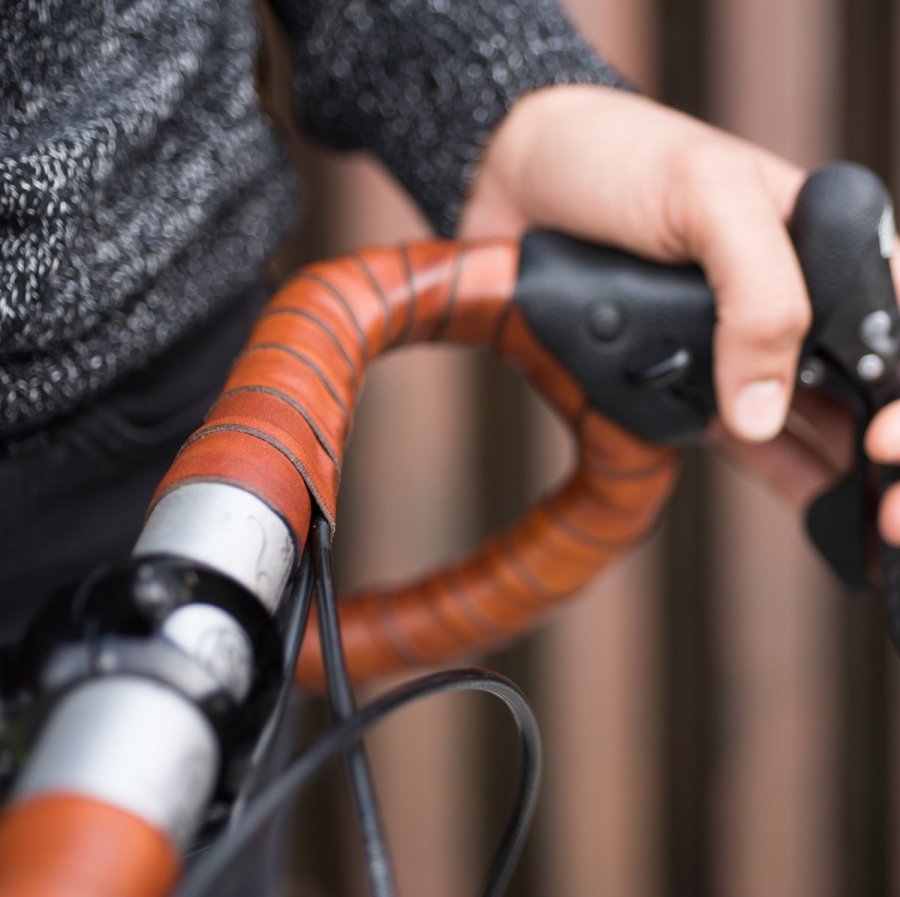
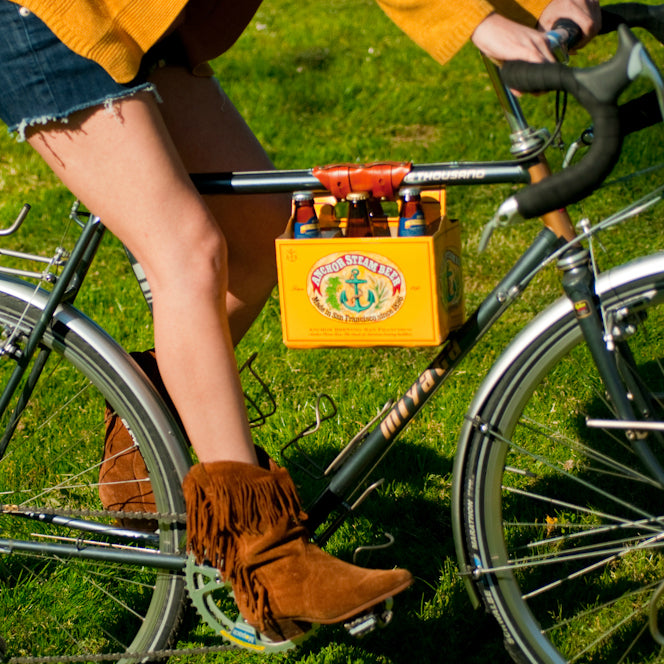
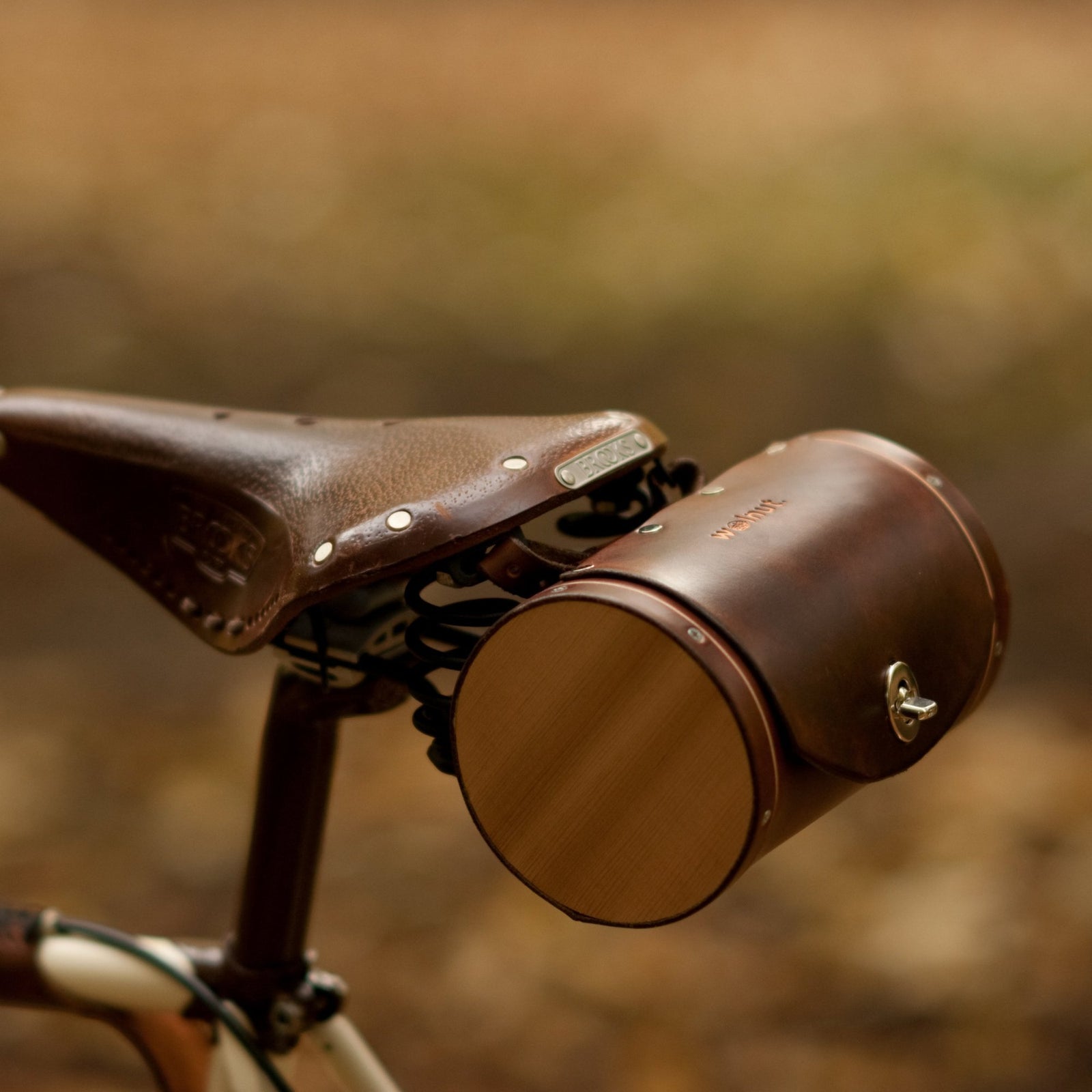
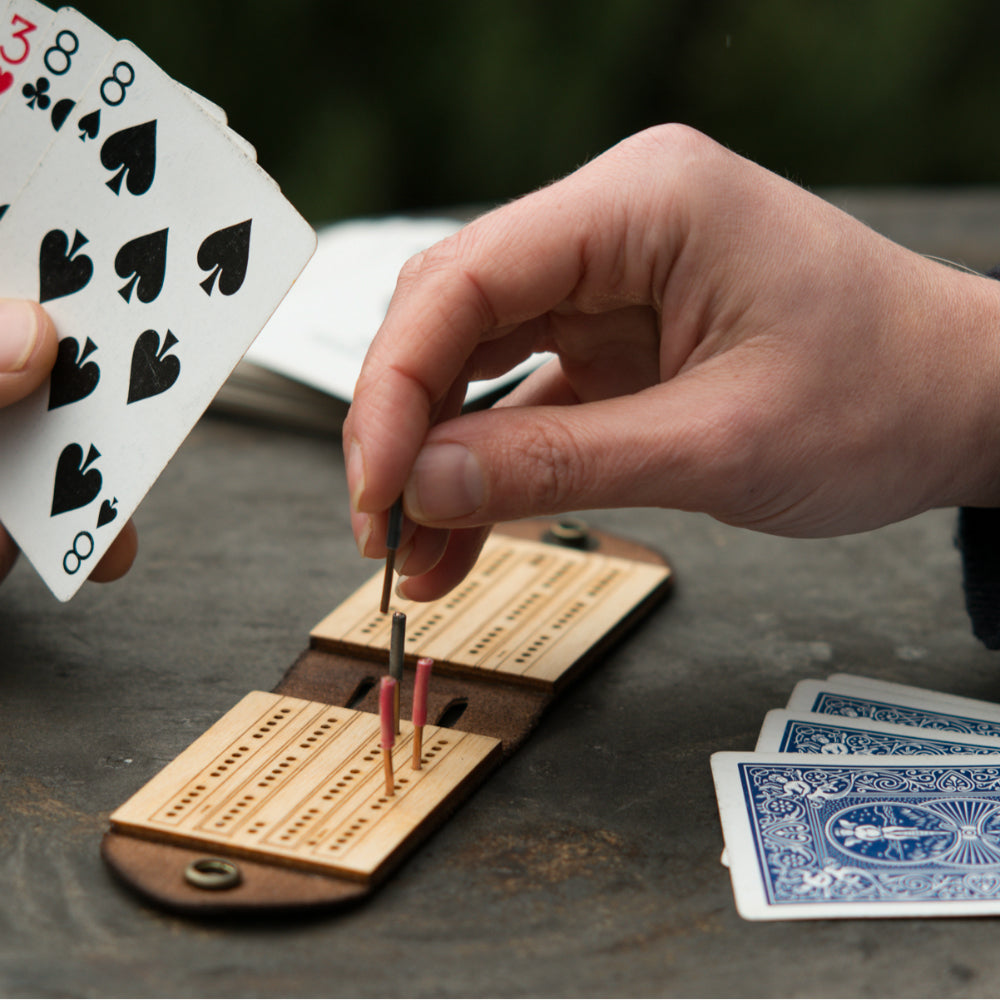
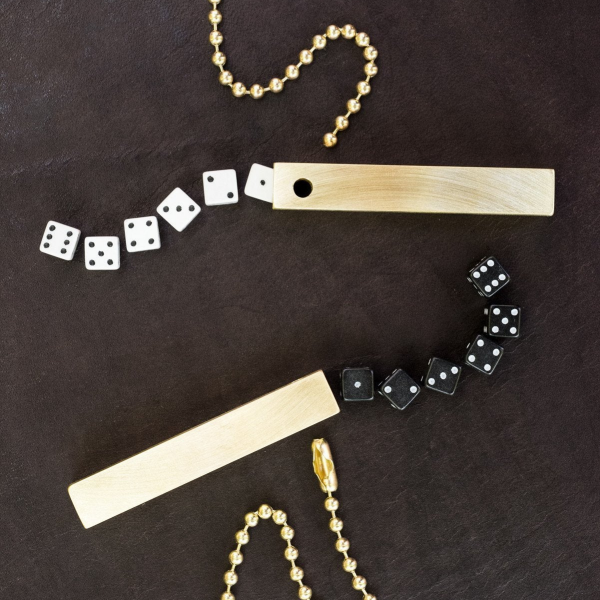
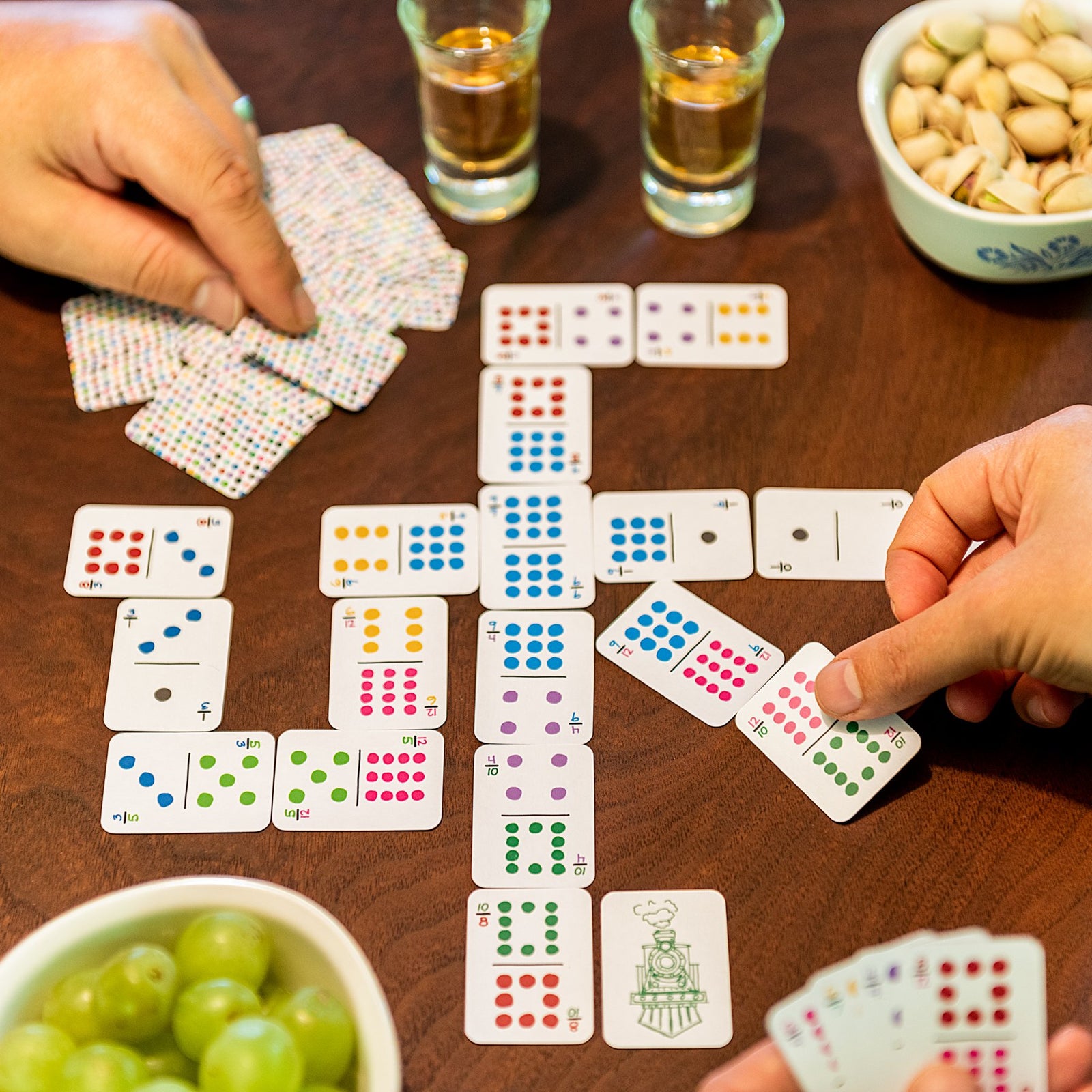
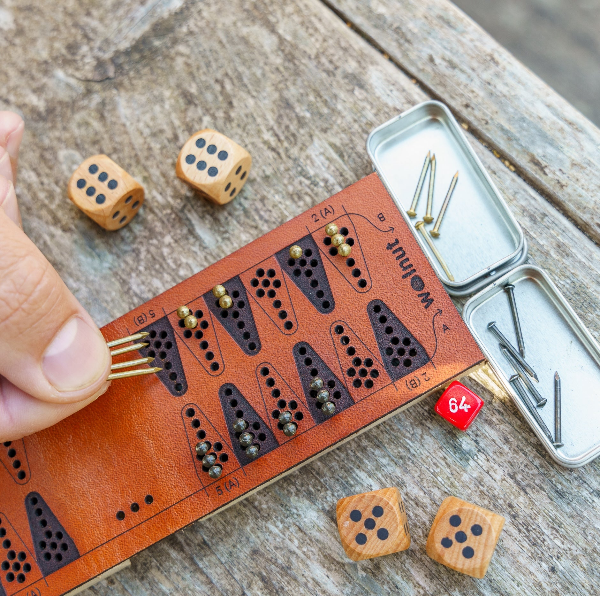

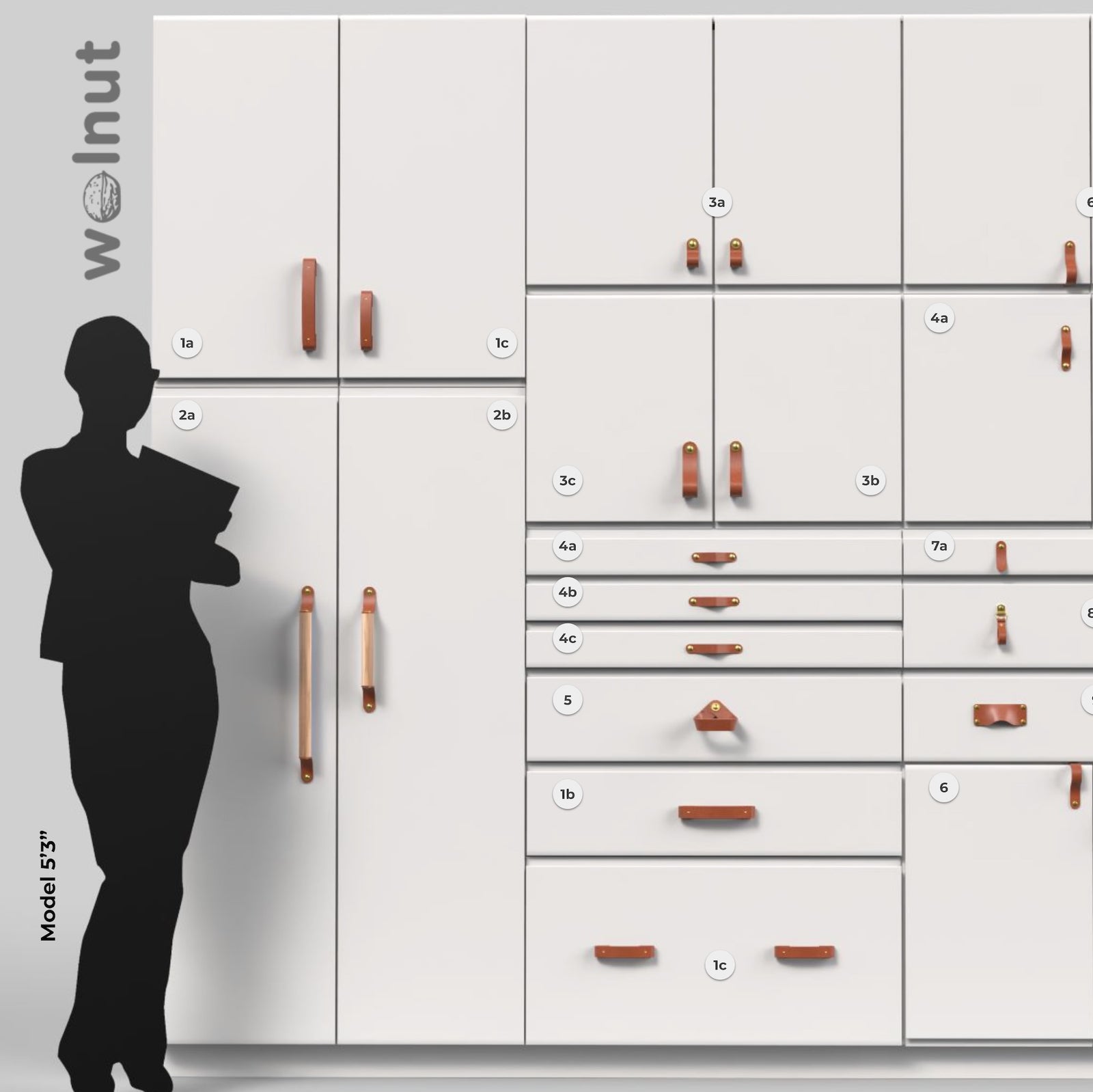
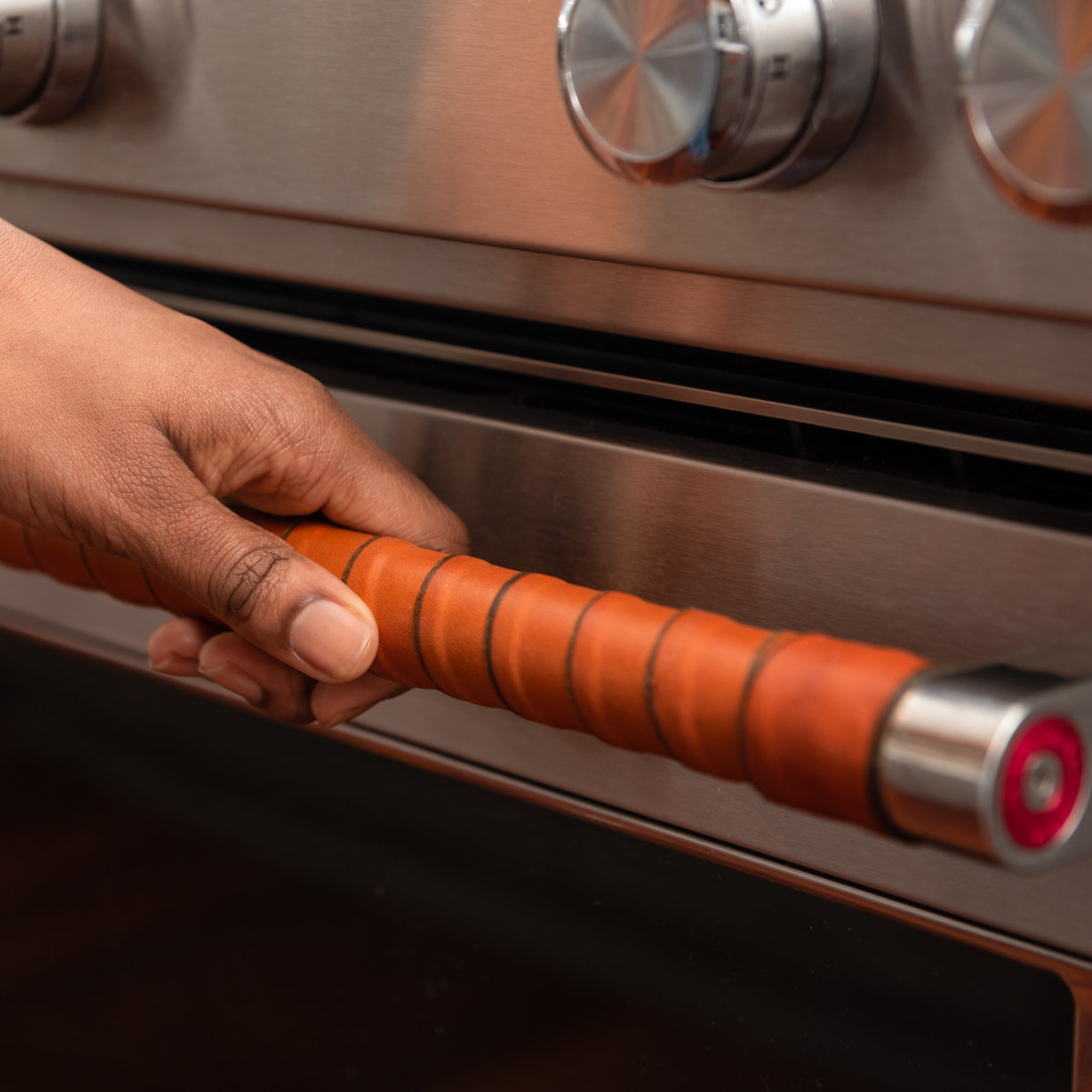
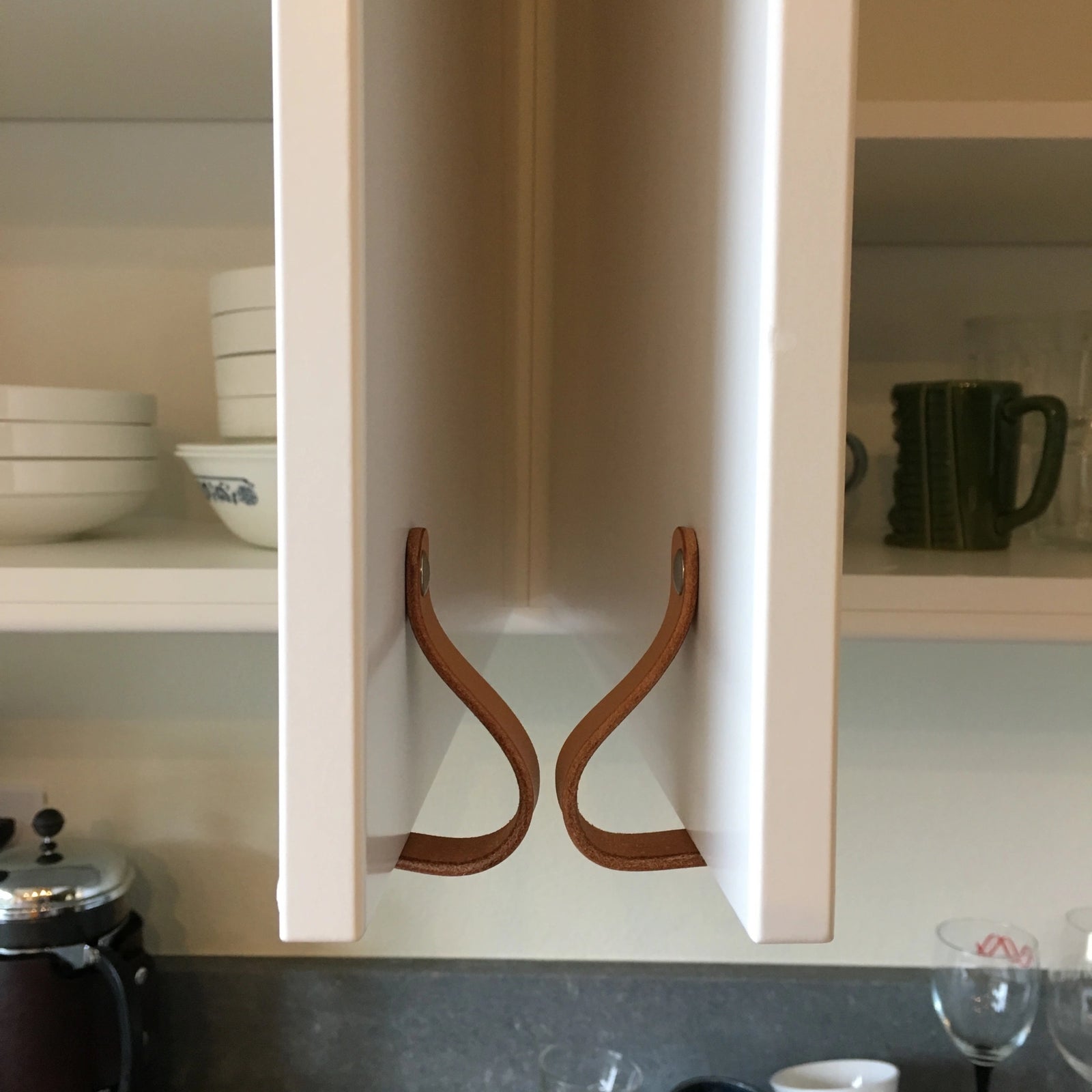


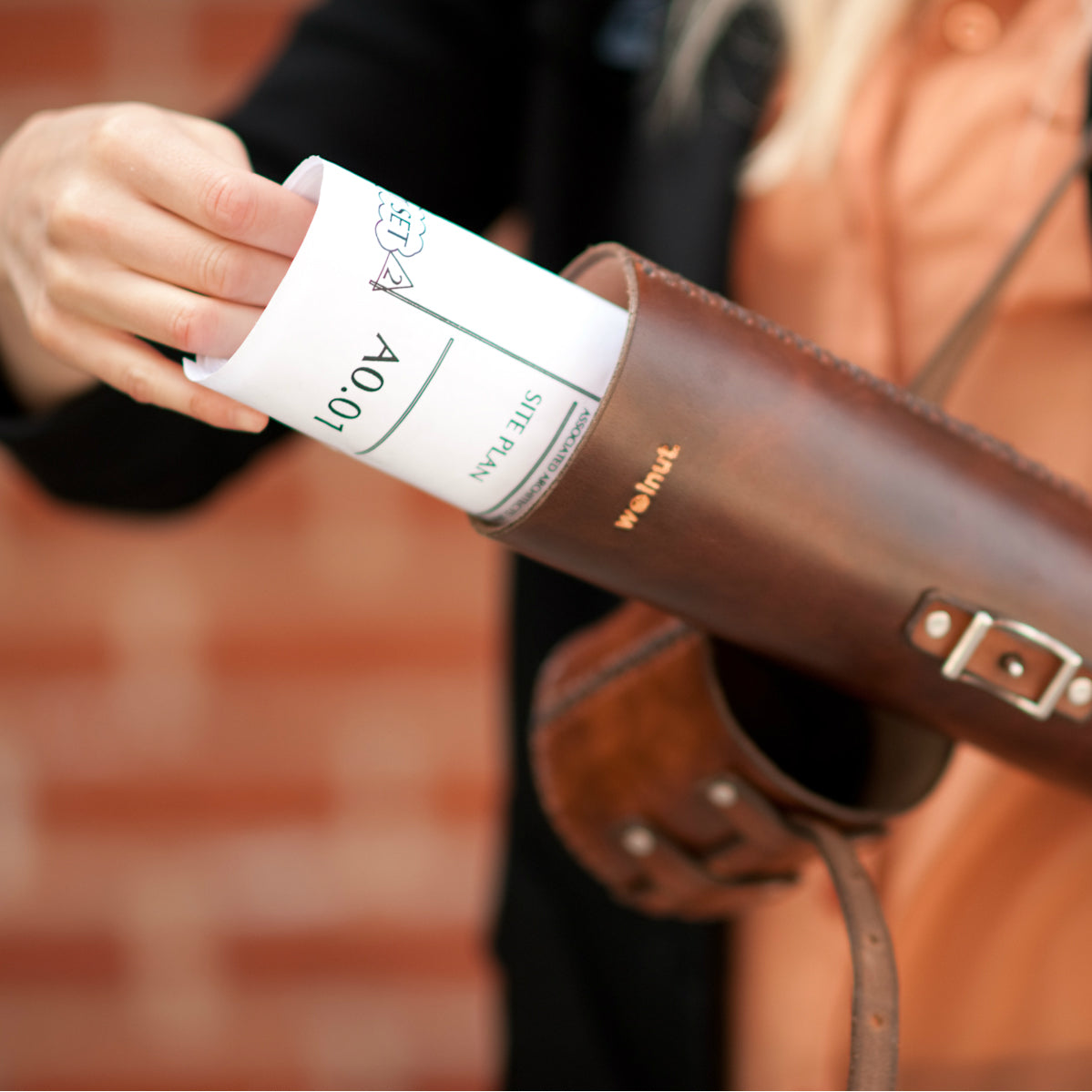

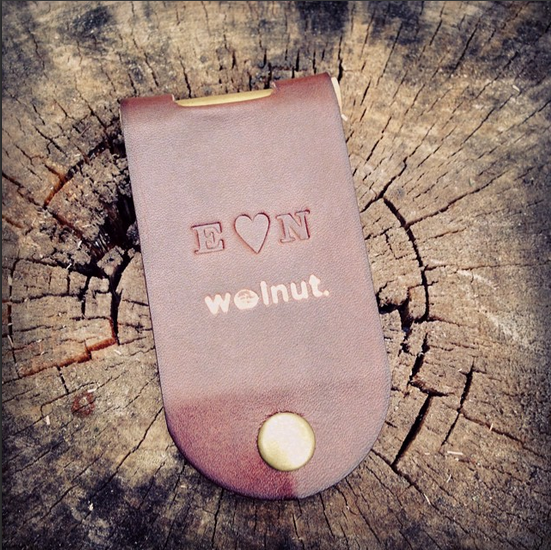
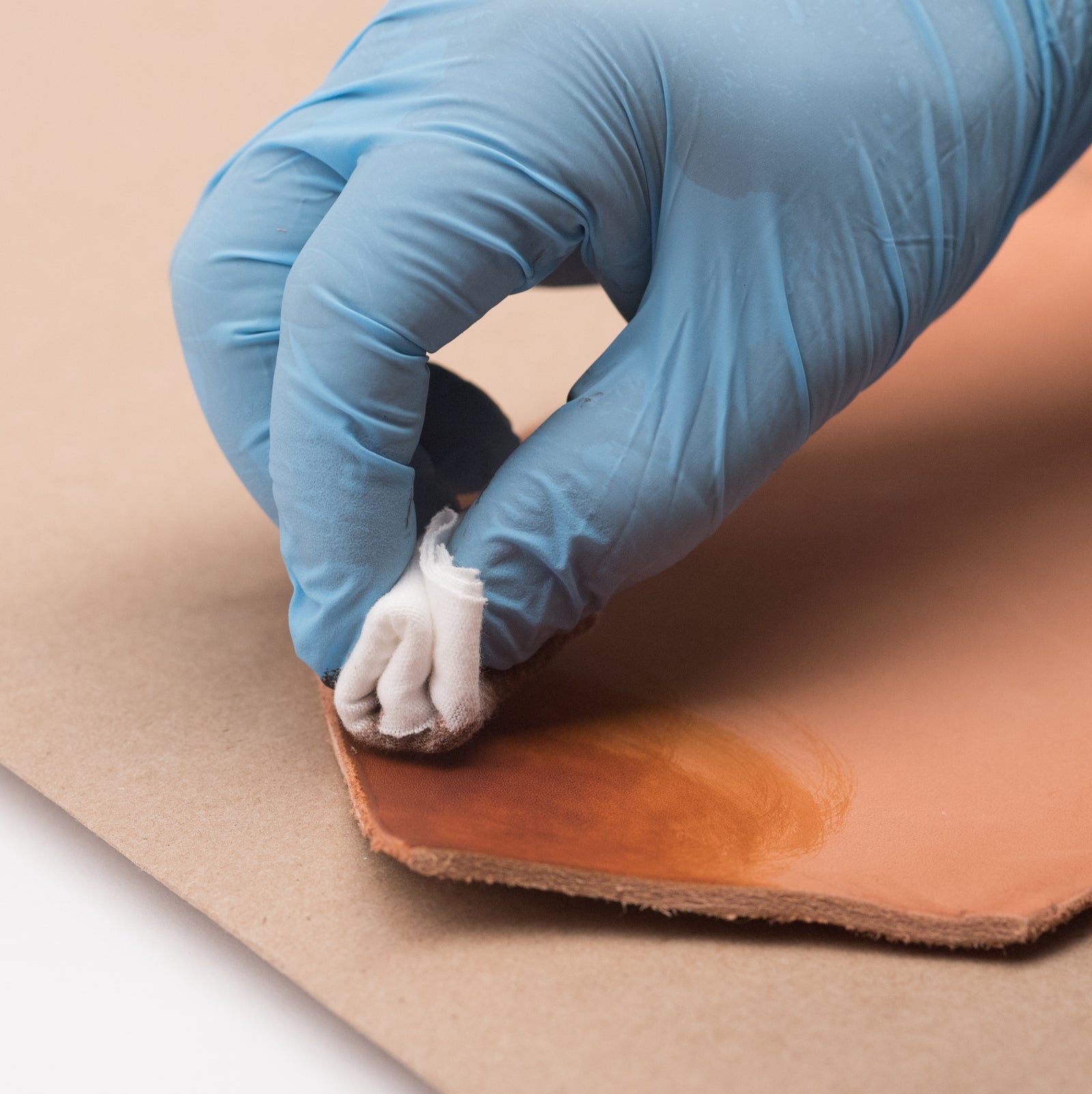

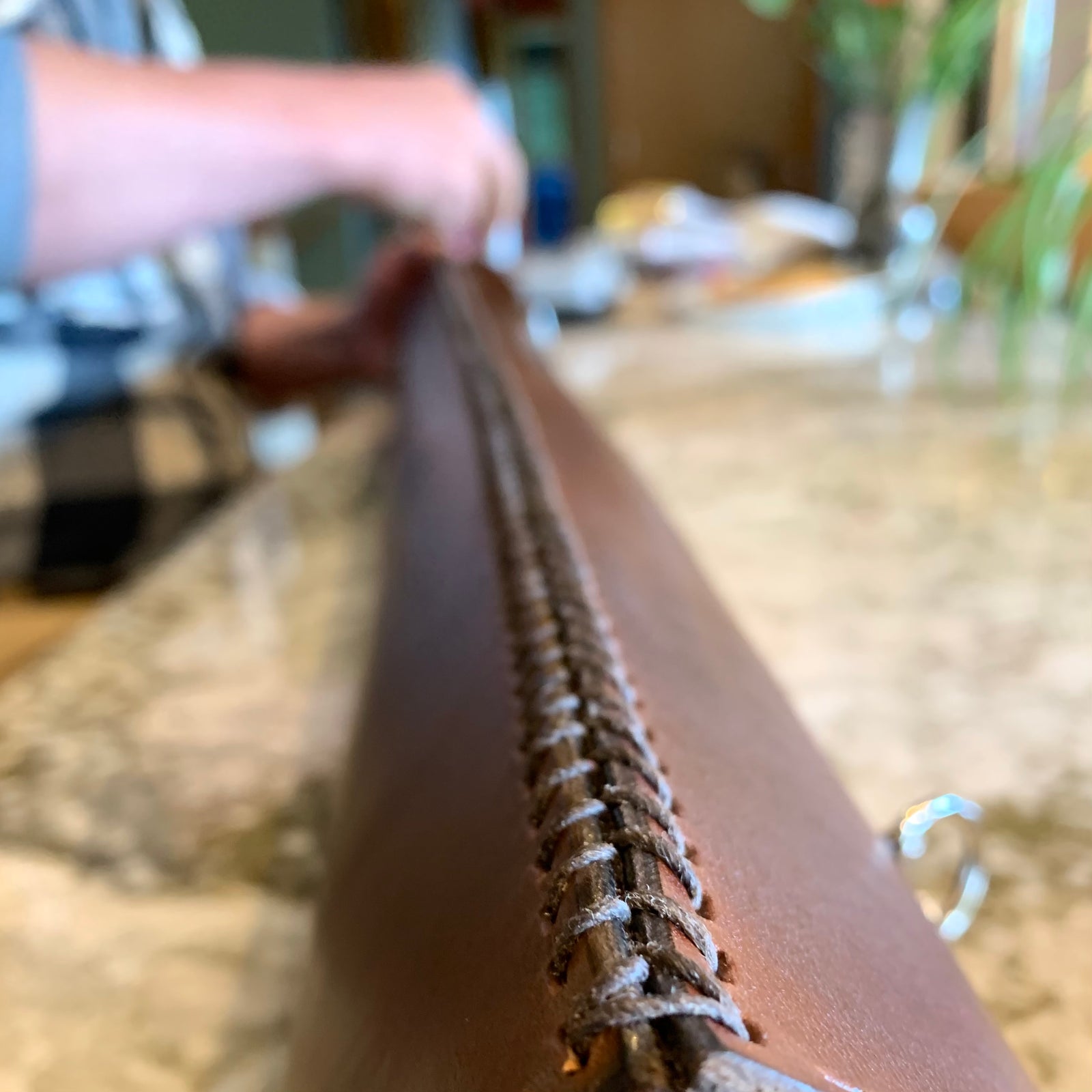
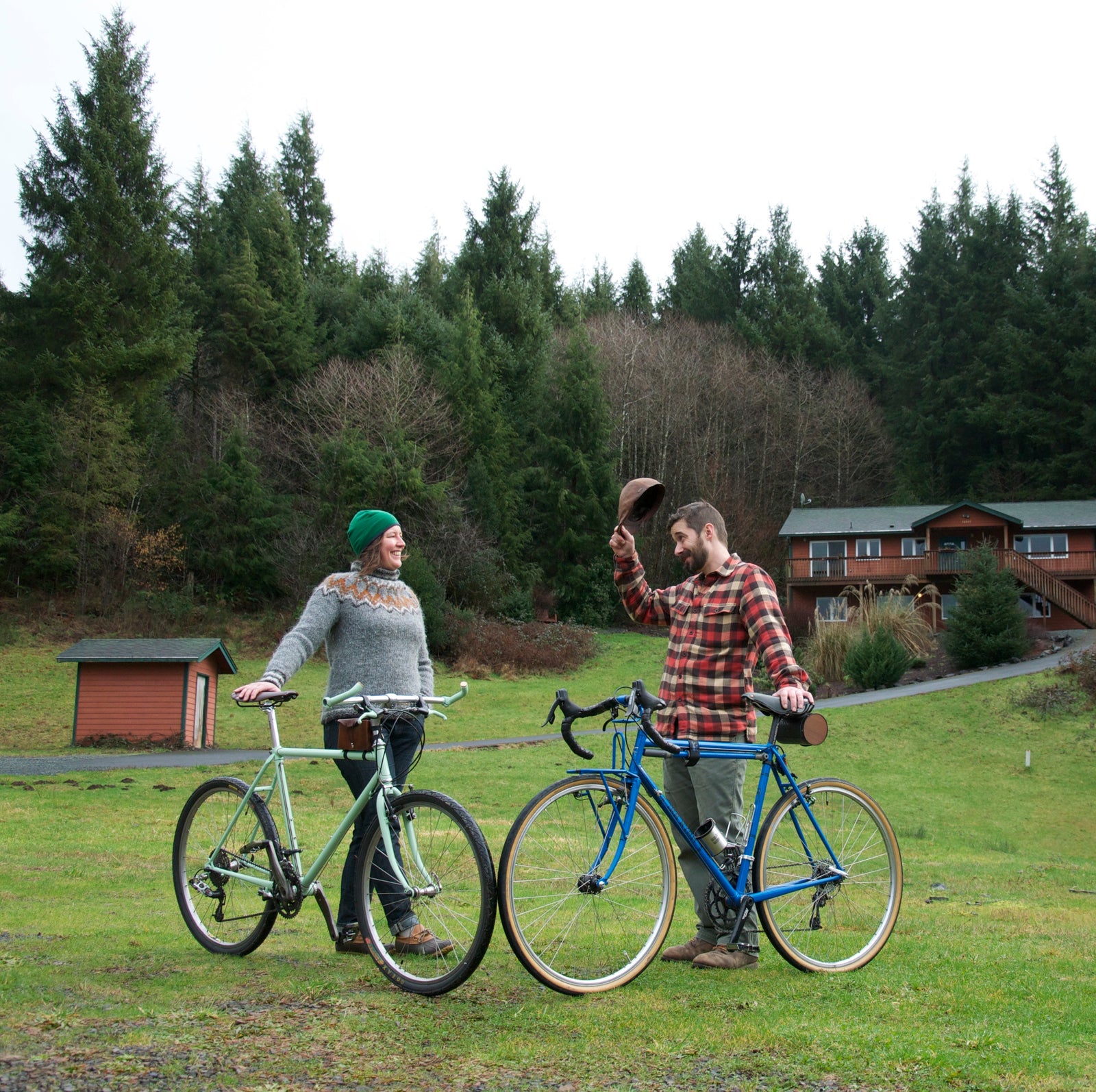
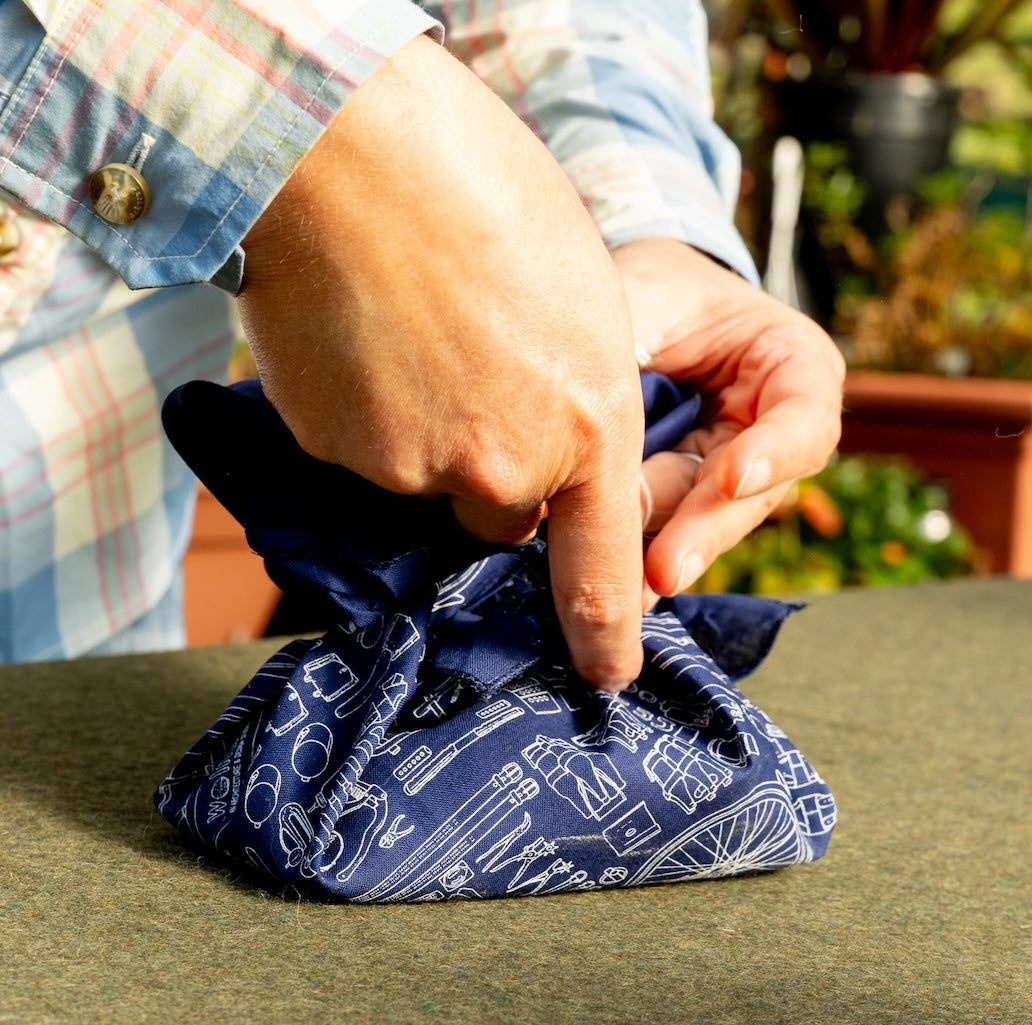










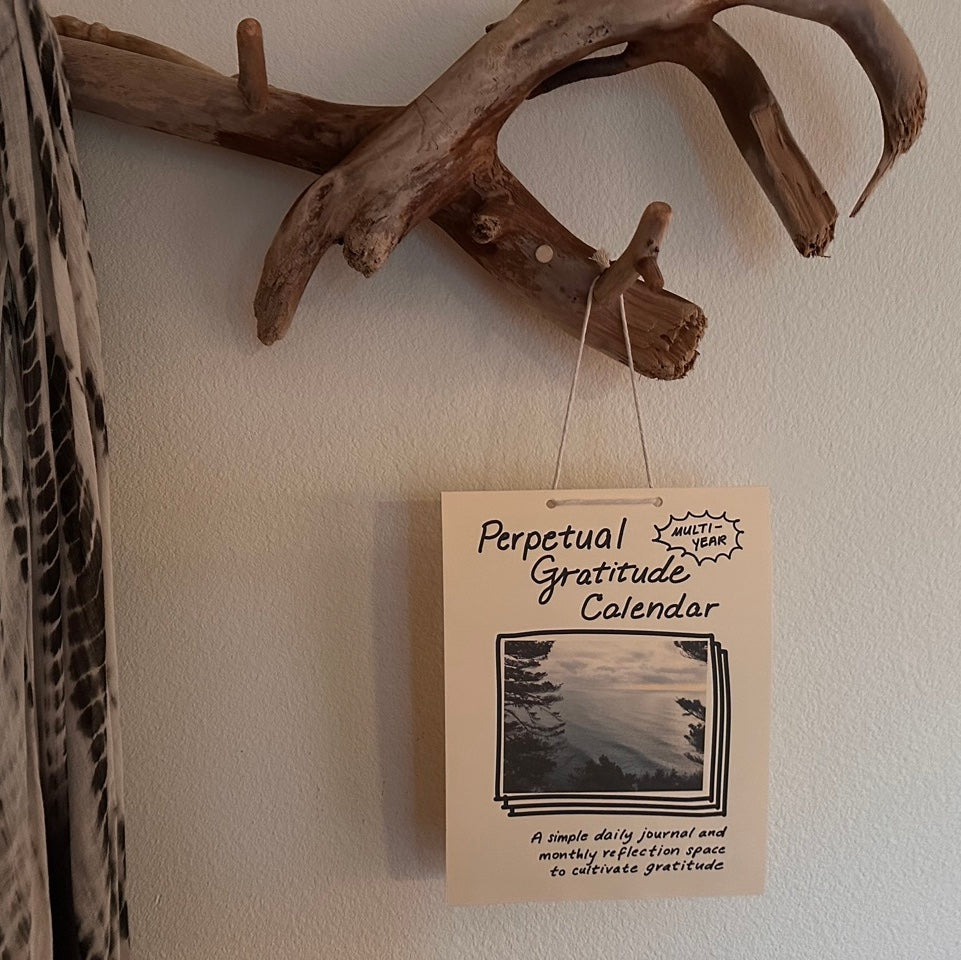
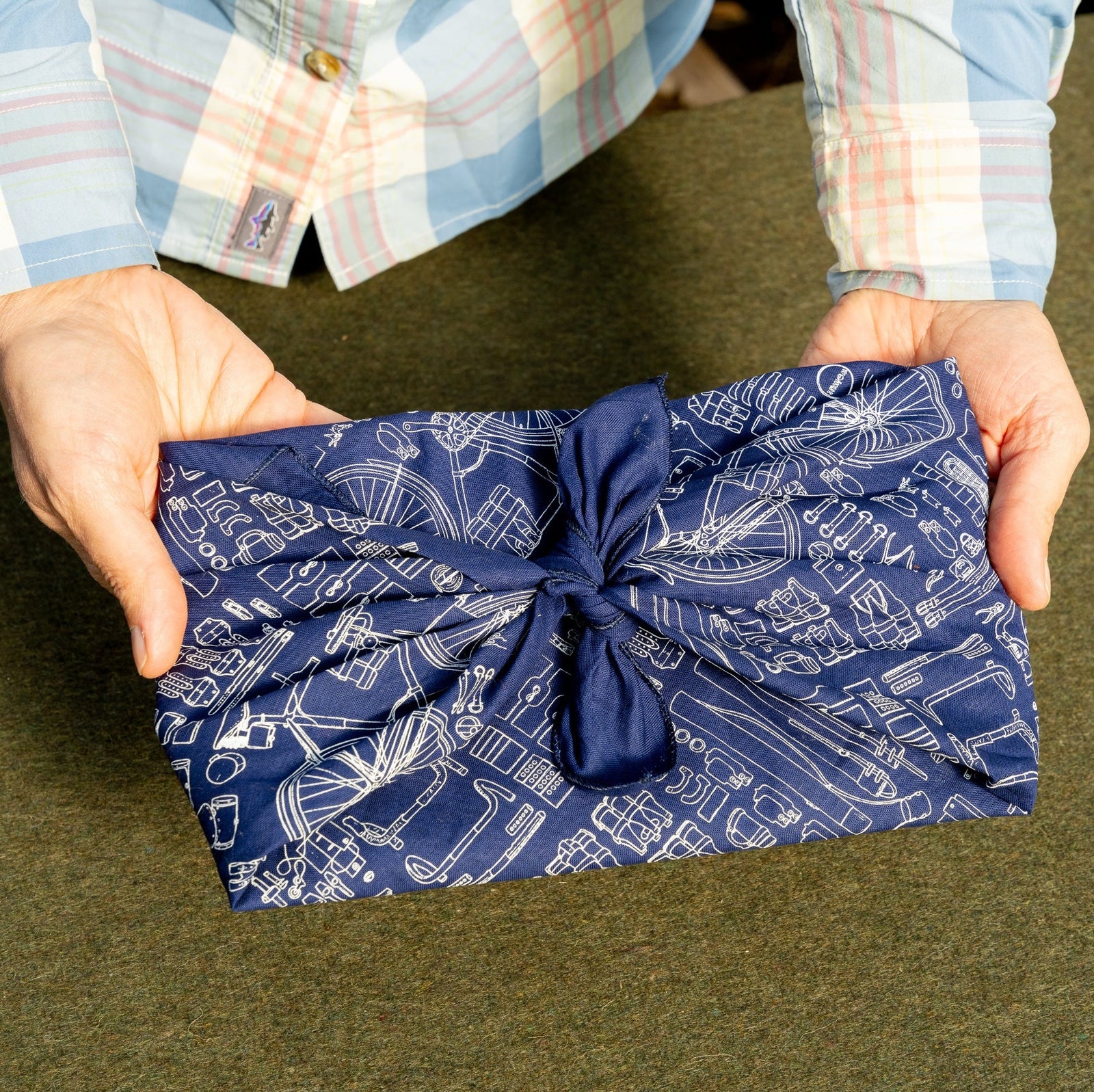

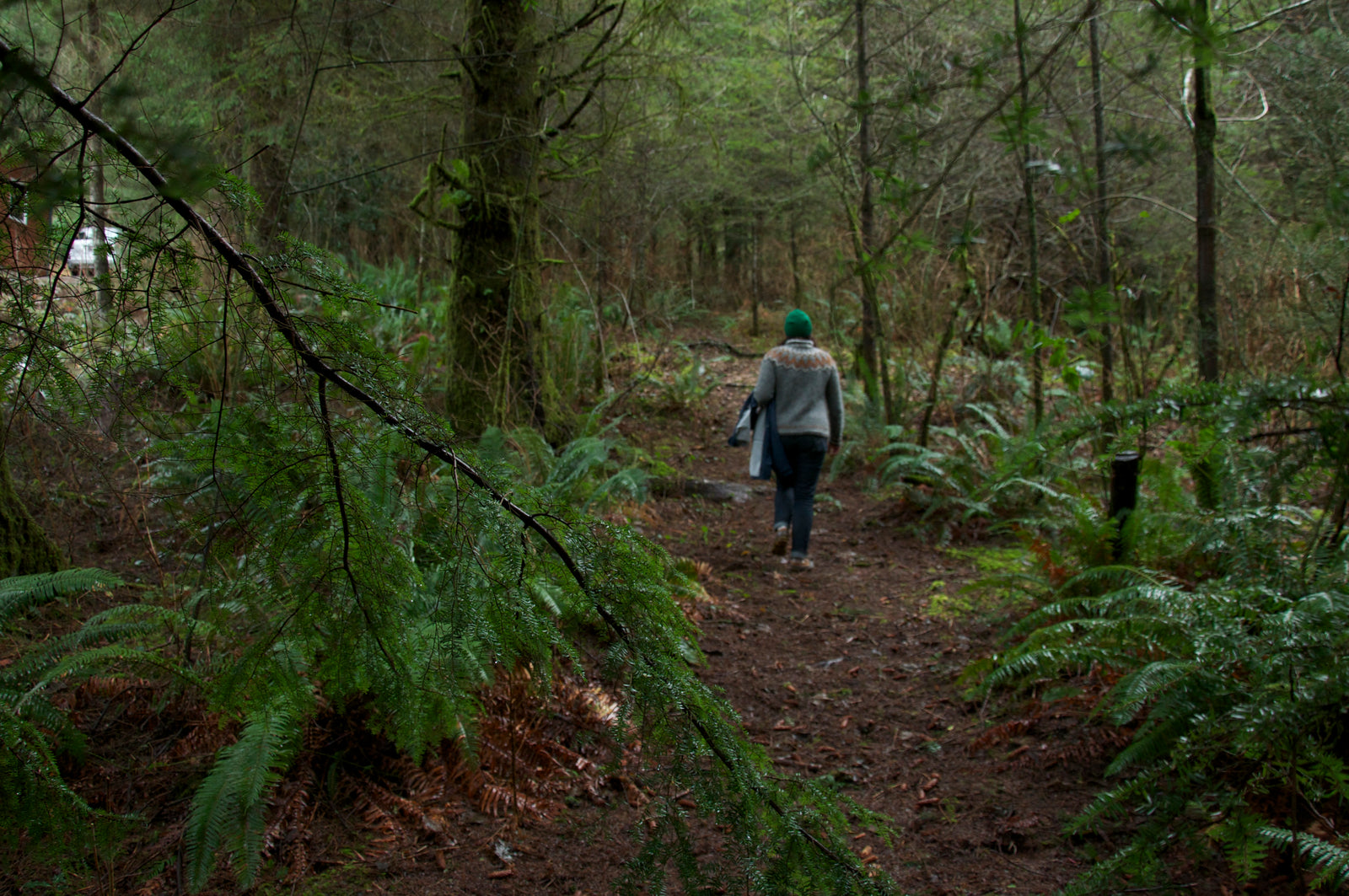
Walnut Studiolo
October 10, 2024
@Karen Hey – Short answer: you have to. If you don’t put down a second card, you have to go to the boneyard. Long answer:
To complete a turn with a double, you must play a second card somewhere on the board. The second card does NOT have to be a matching card on the double (which would “satisfy” it). If you don’t play a second card anywhere, then your turn is incomplete: you’d have to draw from a tile the boneyard, and then open your train with your train token (even if the double is not on your train).
We play that if you CAN put down a tile, then you MUST. But if the parties agree to house rules otherwise, that’s ok!
For example, if you played a double 5 on your own train, then played a second card on a different train, such as a 6/10, then your turn is complete and the next person(s) must satisfy the double by putting down a 5 card on the double. You can even play the 6/10 if you have another 5 card in your hand. But if you had no 6/10 option, and the 5 card was the ONLY tile in your hand you could play, then you must play it.